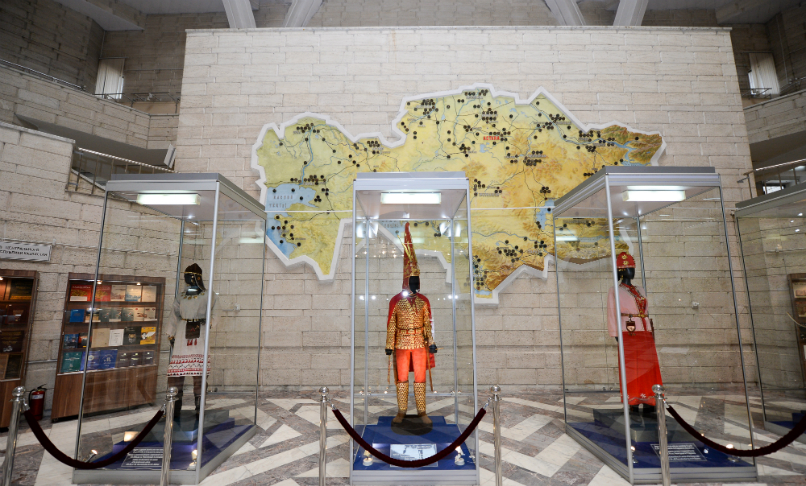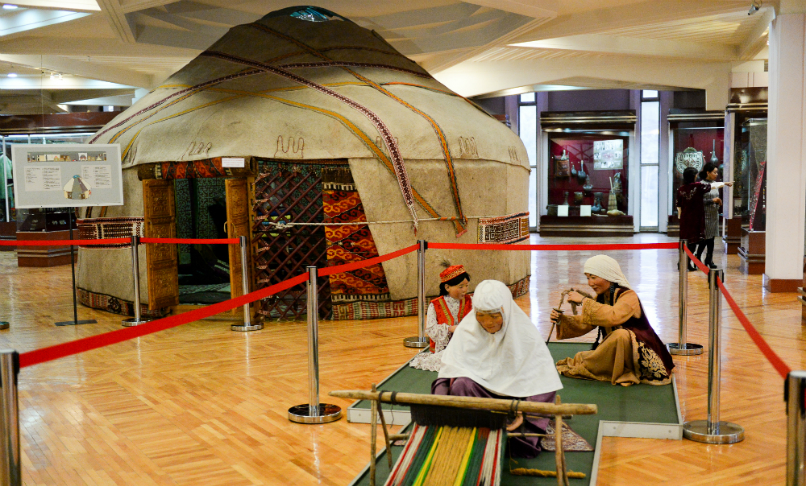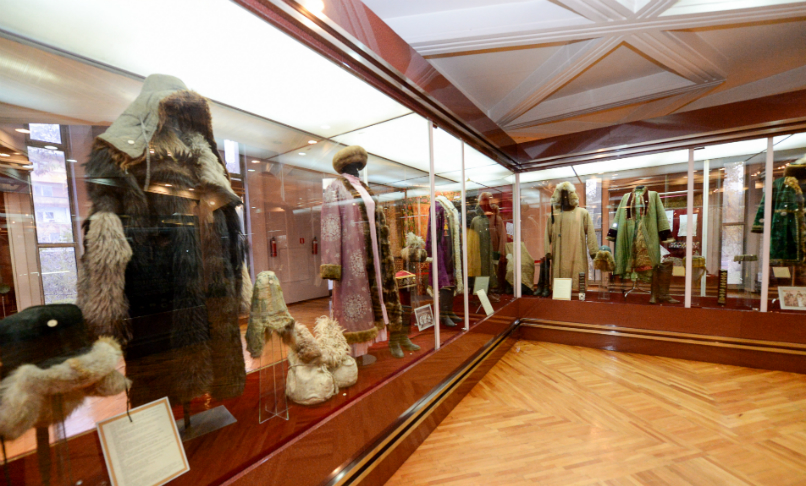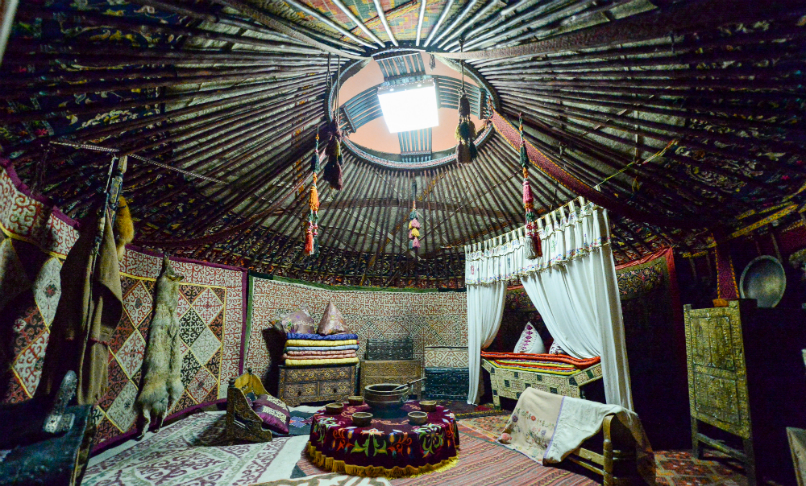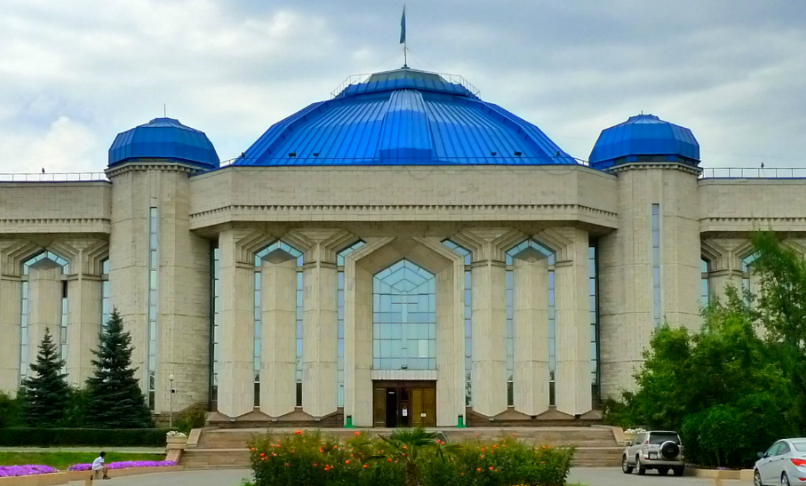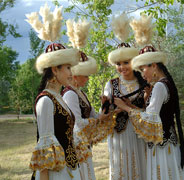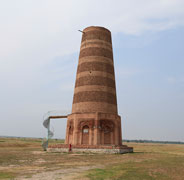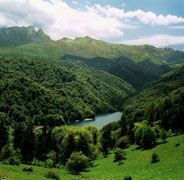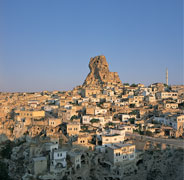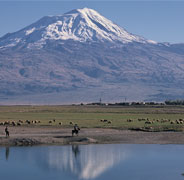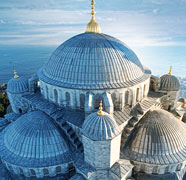Central State Museum of Kazakhstan
The Central State Museum of Kazakhstan in Almaty is one of the biggest museums in Central Asia. Built in 1985, it contains more than 300,000 exhibits and has seven exhibition halls.
The first hall houses the paleontology and archaeology collections from more than 300 sites around Kazakhstan. It is here that you can also see a replica of the costume worn by the Golden Man, a warrior from the 5th century BC and one of Kazakhstan’s main symbols of independence. The original is made of more than 4,000 pieces of gold and is said to be kept in a vault in the National Bank of Kazakhstan in Almaty.
In the second hall you can see items of traditional Kazakh culture and everyday life: jewelry, carpets, clothing, Kazakh embroidery and a full-size display of a nomadic house, or yurt, with a traditional interior. The most significant display is beshmet, the impressive gold-thread embroidery made by skilled craftsmen and women.
The third hall is devoted to the history and culture of the various ethnicities that have lived in Kazakhstan and other countries. There are photos, rare documents, household items and arts and crafts on display from Russia, the Ukraine, Chechnya, Turkey, Korea and Germany. There is also an exhibition entitled “Kazakhstan during the World War II (1941-1945)”.

